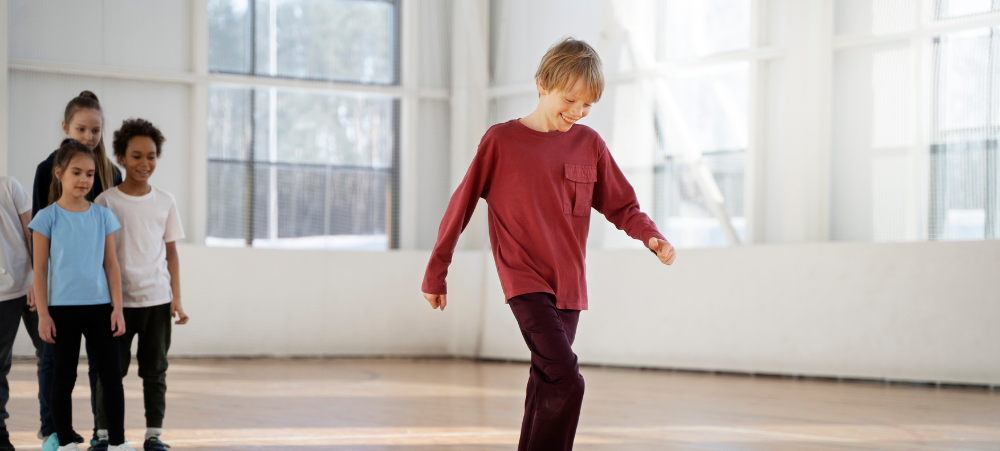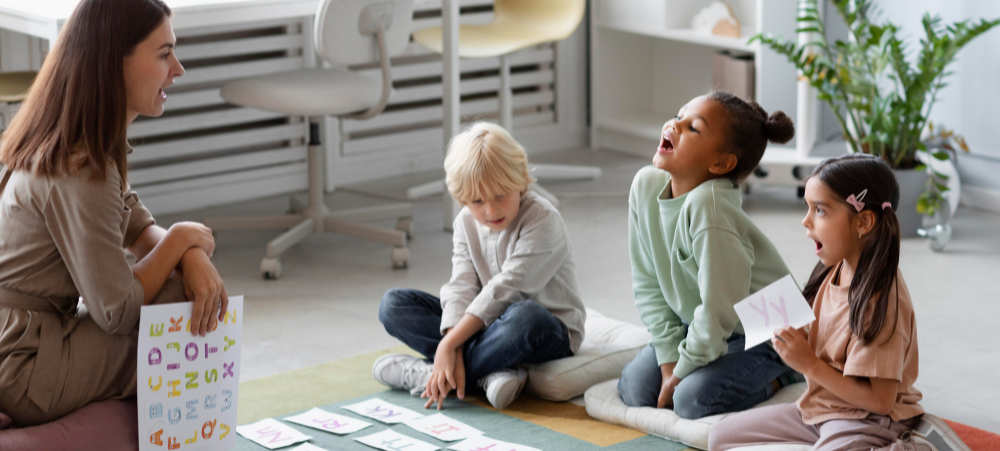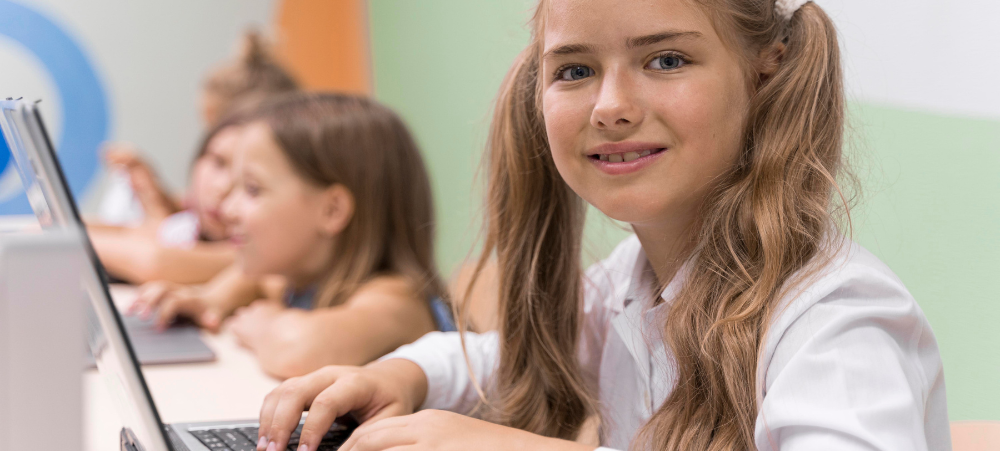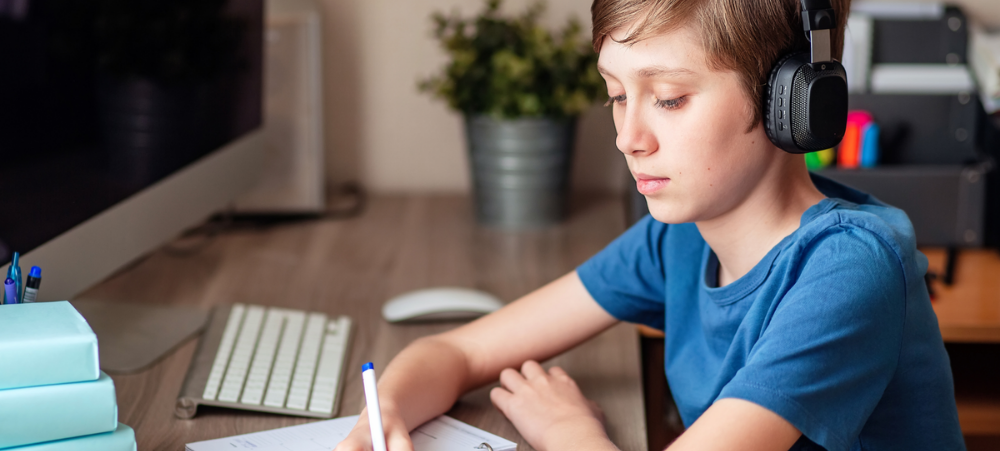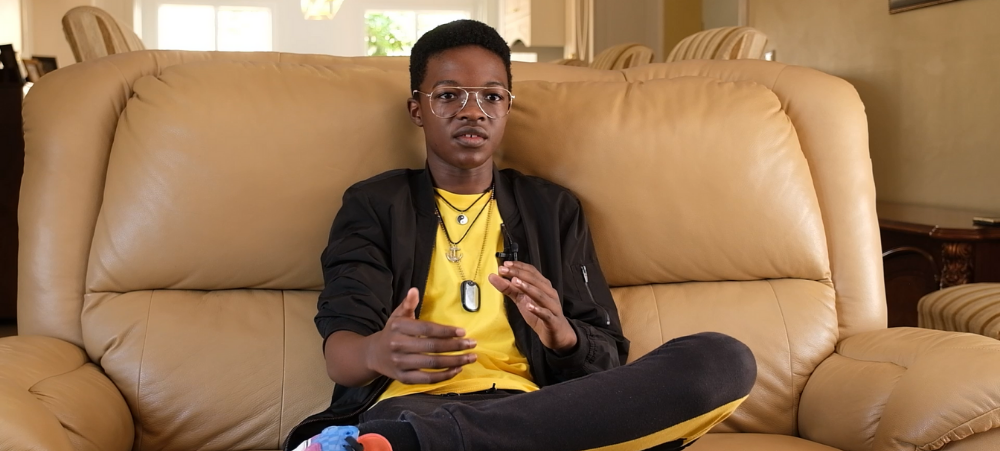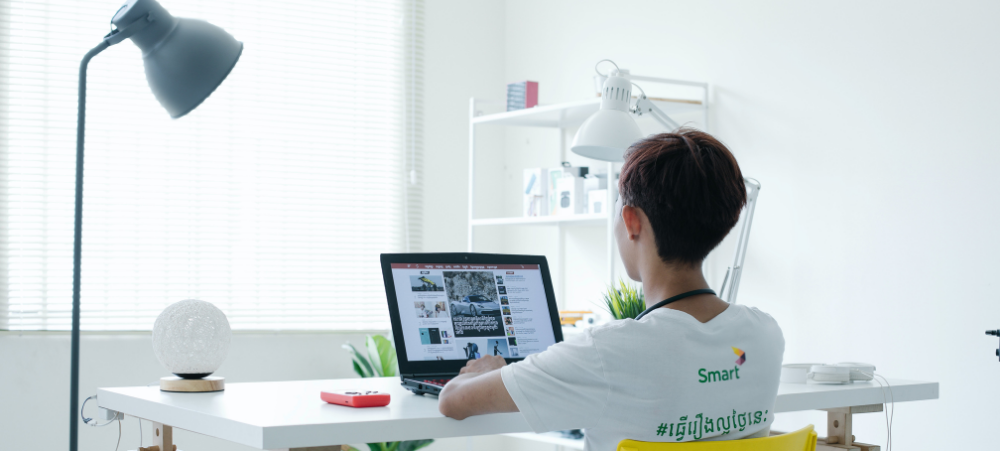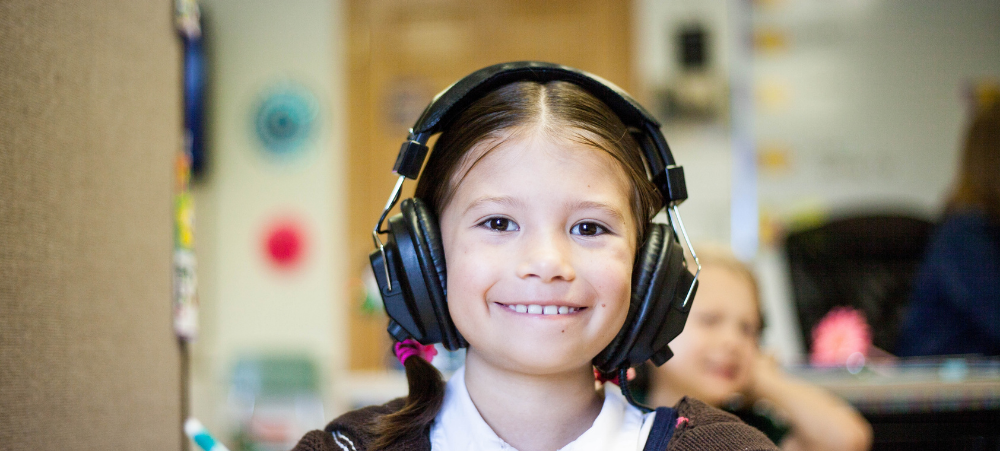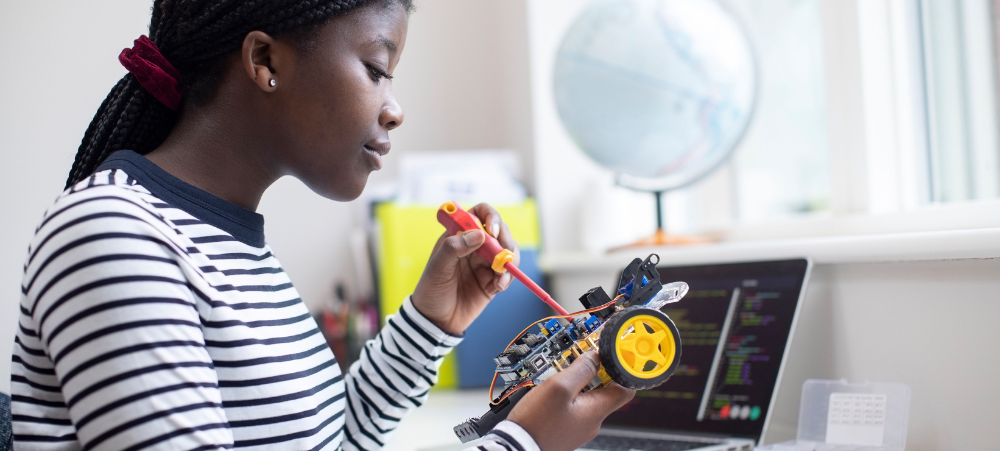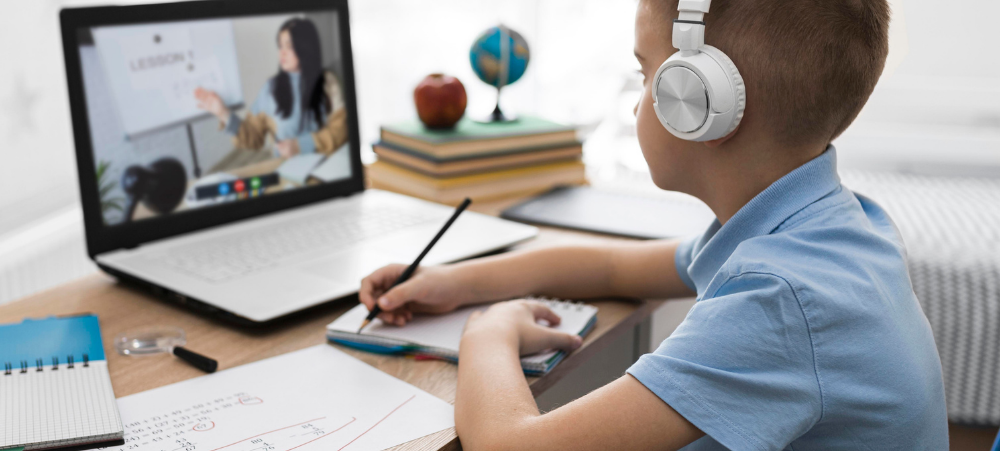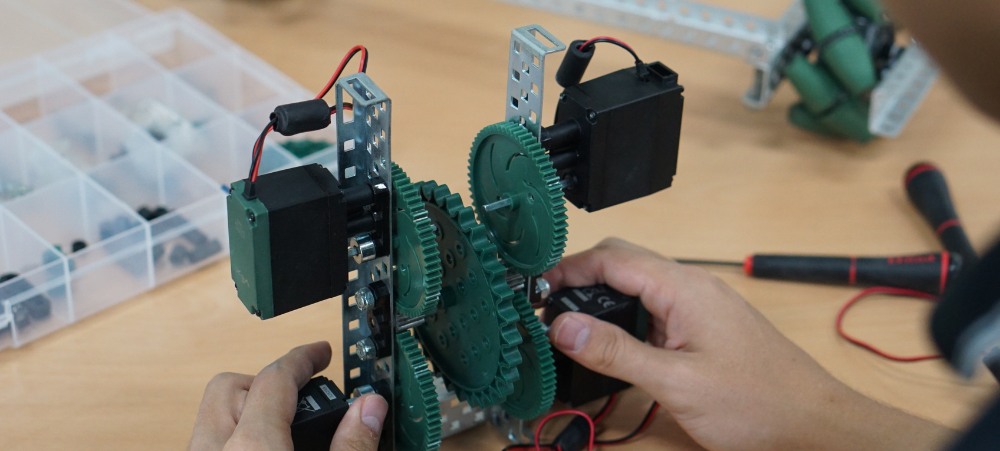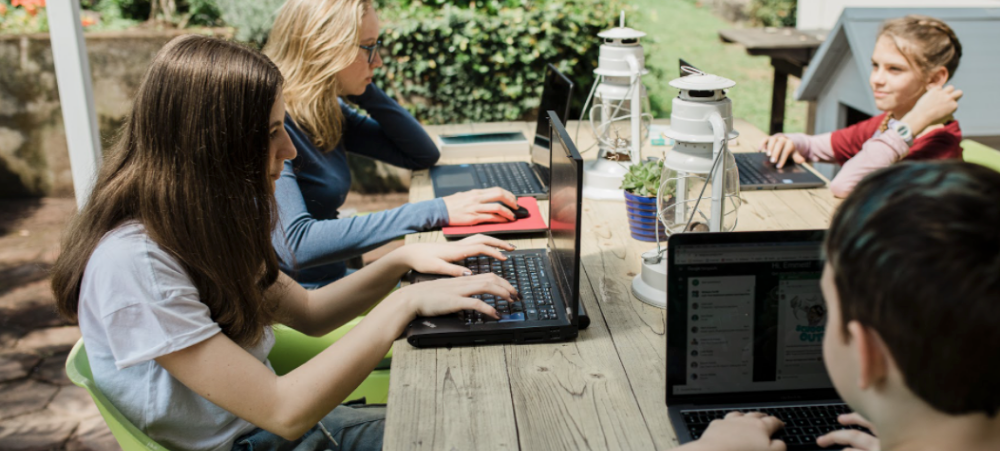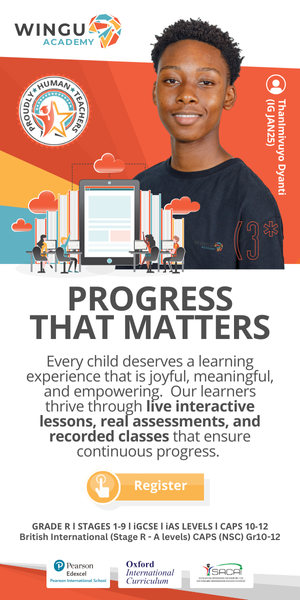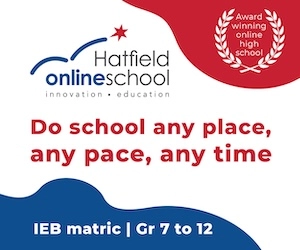More and more families are starting to realize the numerous benefits associated with home schooling. It is no longer a stigmatized, isolated learning experience. Due to the global pandemic and the rise of online curriculum service providers, home schooling has evolved into a bespoke educational offering that merges the best elements of a traditional brick-and-mortar school system with the advantages that independent distance-based learning can allow. However, despite the great benefits of homeschooling, there are also certain disadvantages to this approach. Let’s explore some of these pros and cons of a home schooling approach. Disadvantages A possible disadvantage experienced by a homeschooling parent, is that the parent might become frustrated by having to take on the role of a teacher. Deciphering not only the coursework, but the curriculum outcomes as well, can create a lot of anxiety for parents. Parents might struggle to know whether they are “doing the right thing” or not. Especially in cases where learners are older, parents might be intimidated by the difficulty of some of the coursework, as they are not subject experts themselves, but are now expected to teach their children mathematics or physics that they have done 20 odd years ago – or sometimes not at all! In cases like the aforementioned, parents often start to invest in expensive private tutors, which can lead to a high financial burden. However, by making use of an online curriculum service provider, such as Wingu Academy, these disadvantages can largely be mitigated. Through a reputable online curriculum service provider, learners can have access to subject expert tutors and learning coaches, which eliminates the need for parents to act as teachers themselves. With this in mind, let’s focus on the benefits of homeschooling, and in particular the benefits of online schooling. Benefits 1. Academic flexibility The traditional education system allows for very little flexibility in learning, when in reality, education is not a one-size fits all solution. Some learners are very strong auditory and visual learners. Other learners might learn best through repetition. Some might prefer learning through practical application. Home schooling affords an individual the opportunity to learn in a way that suits him/her best, especially if combined with a blended learning teaching strategy – which incorporates live classes and remote learning elements, such as interactive lessons, quizzes and games, as well as practical project based learning. For learners who are professional athletes, or who have parents with careers that require frequent travelling, the flexibility of a home schooling system is particularly beneficial. Furthermore, in a traditional schooling context, with high student-to-teacher ratios, a lot of time is often spent waiting for assistance. Learners are often expected to partake in extracurricular school subjects which do not interest them. The flexibility of homeschooling allow learners more time to focus on things that truly interest them. Learners can progress according to their own ability and interest. 2. Fosters independent learning skills Learners who are homeschooled and allowed the freedom to learn in a way that suits him/her best, naturally also acquire the ability to learn more independently. In other words, these learners don’t need someone to guide them through all elements of the learning material step-by-step. They are more confident in assimilating academic resources for themselves – a skill which they have honed during their years of homeschooling! This sense of autonomy is an invaluable ‘soft-skill’ that will aid learners for years to come, whether at university or at work. Furthermore, learners who homeschool with the help of an online curriculum service provider learn how to be adept at using technology, often from a young age. These learners learn how to use cloud computing tools to collaborate remotely – an essential future of work skill, which is becoming even more important in an increasingly globalized and interconnected world. 3. Health and safety Learners who struggle with anxiety, social anxiety or depression, or who were victims of bullying in a traditional school context, can study from home in a safe environment.. Learners have the opportunity to focus on their mental and emotional wellbeing. In small amounts, stress can be good, but the incredible pressure that is placed on learners to perform academically – or that they often place on themselves – can become debilitating. There is less pressure on learners to conform or fit a traditionally expected mould, which is beneficial to a student’s self-esteem. Learners with special needs or learning disabilities might feel especially marginalized in a traditional school setting, and their confidence can suffer. In a home schooling environment, parents are better equipped to introduce certain interventional strategies to address learning challenges. With the global pandemic learners can study from the safety and comfort of their homes without the fear of being infected or having to wear a mask. Schooling remains uninterrupted and unaffected. Parents sending their children to school for the first time, have peace of mind knowing that their child isn’t affected by the current circumstances surrounding Covid-19. 4. Social development A fear that many parents who are considering homeschooling have, is the fear of social isolation. Parents fear that their children will not develop social skills or have no friends. However, due to the flexibility of homeschooling, learners often have more time to engage in social extracurricular activities or community initiatives – such as joining a sports club, or volunteering at a local shelter – where they can still make friends and interact with peers. For learners who make use of an online curriculum service provider, the shift from parent-led to facilitator-led education means there is an even greater opportunity to interact socially. In an online school environment – which essentially emulates some elements of a traditional school environment, such as live classes – learners continually interact with classmates and tutors. 5. Higher quality education In traditional classes with high student-to-teacher ratios, learners do not get individualized attention. In a home schooling context, learners can receive more individualized attention, either from a parent or tutor. When making use




